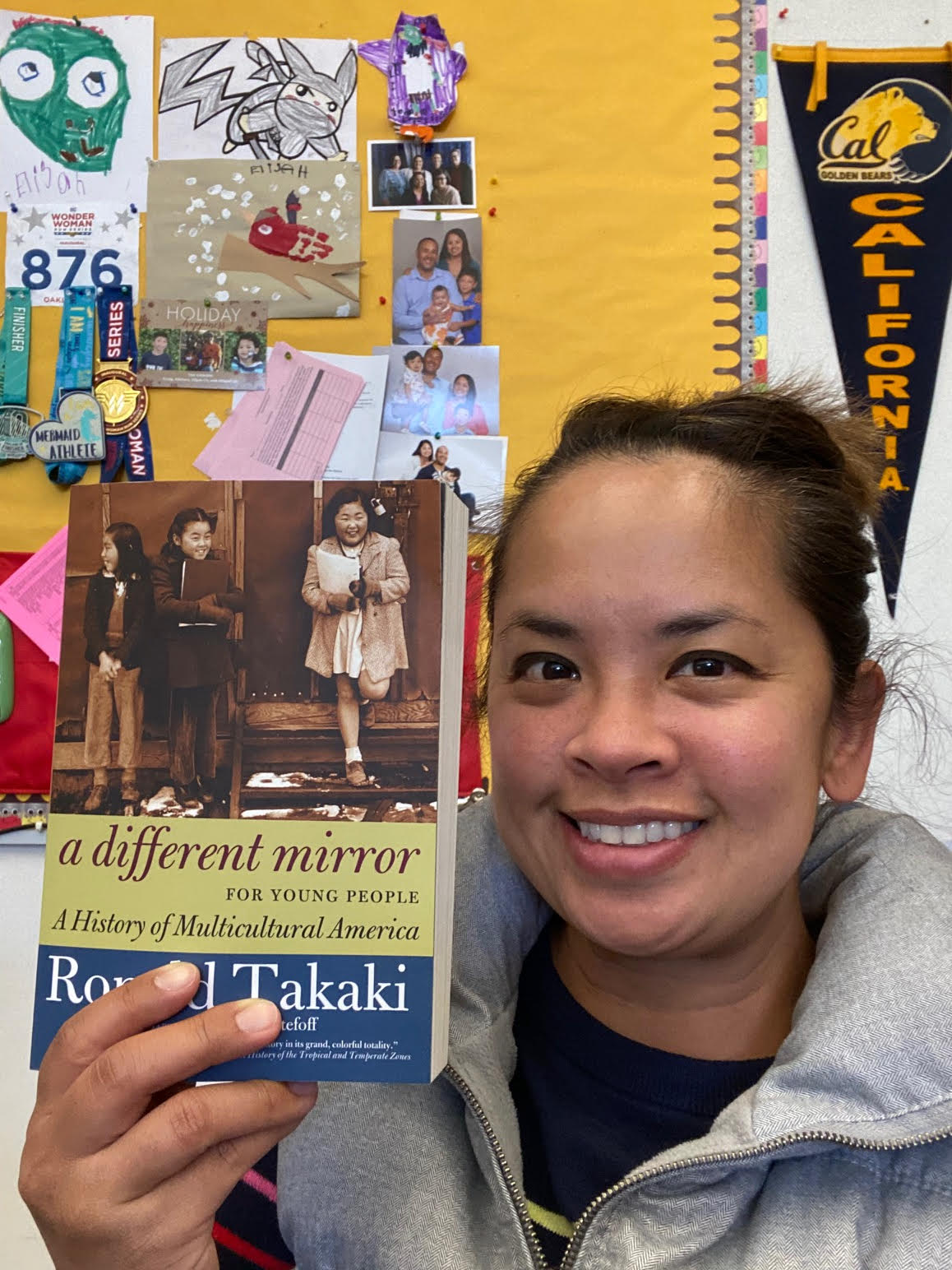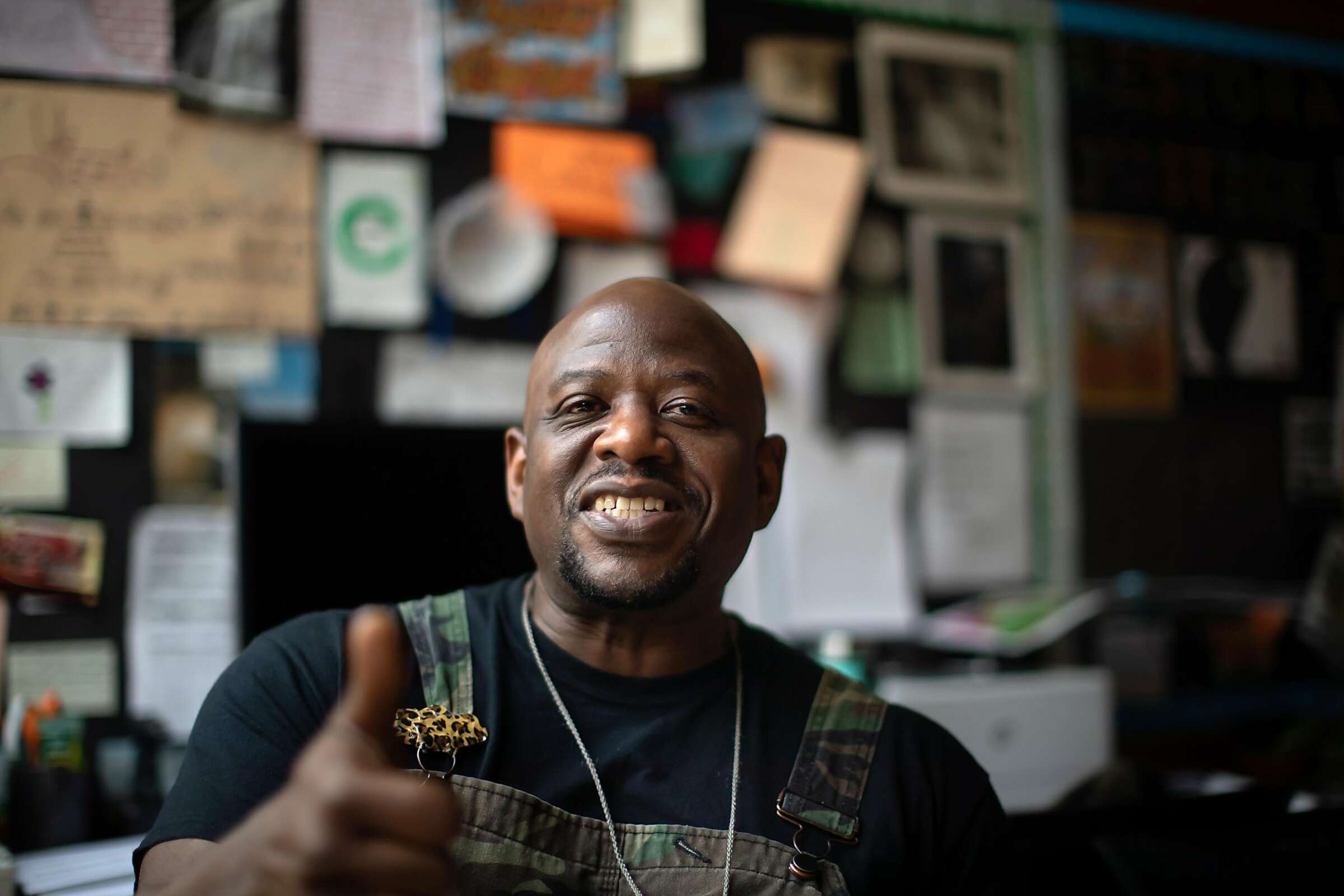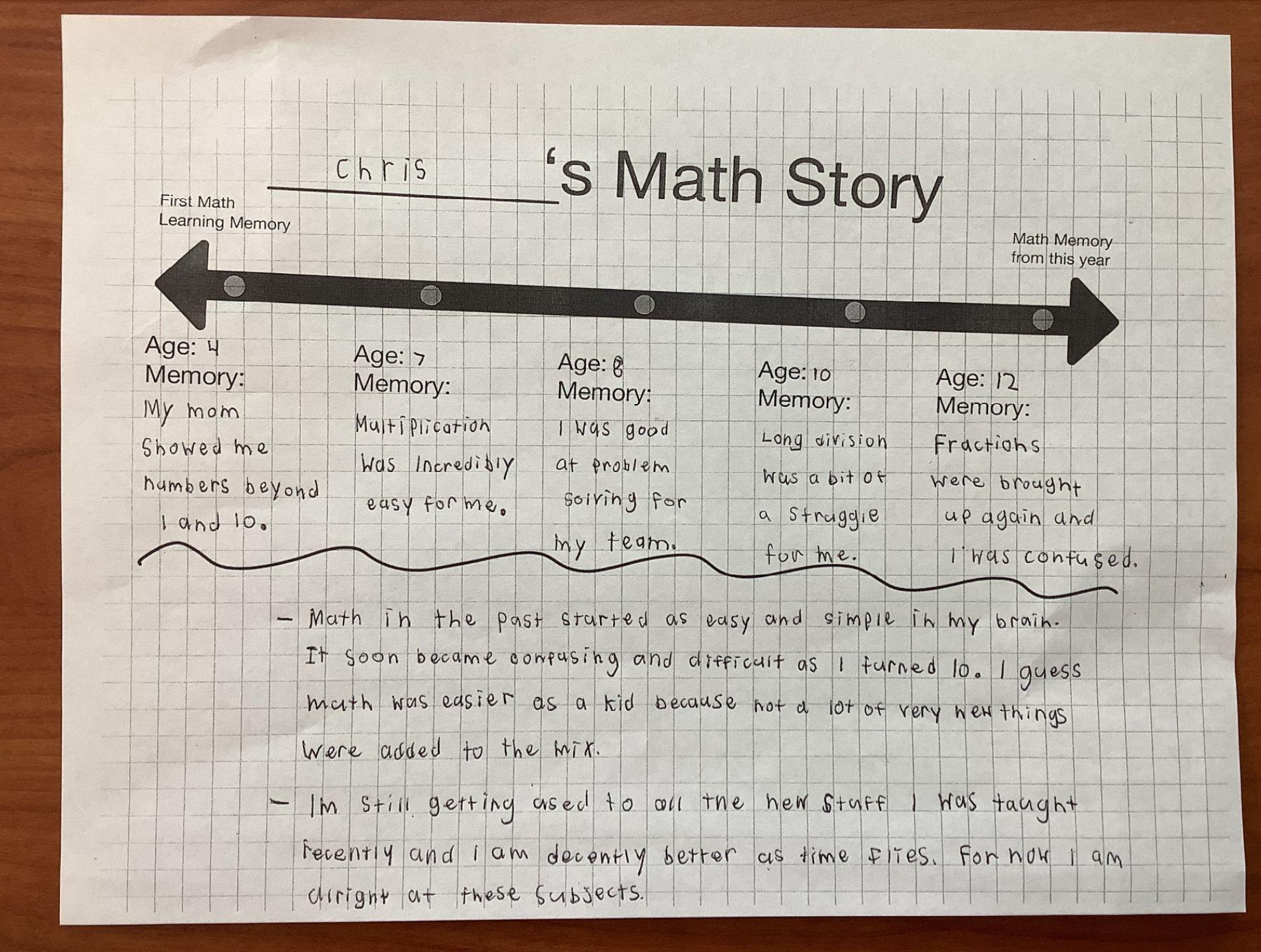
Last month, California became the first state to require students to take ethnic studies to graduate. This was a historic win for education reform: students will learn about various racial and ethnic groups and their shared American identity. Many Aim High educators have taught ethnic studies for years, including, Chrissy Emmons, a former Aim High site director and current 8th grade US history, ethnic studies, and AVID teacher at Castro Valley Unified. Chrissy has over 20 years of teaching experience and has taught at Aim High for 9 summers. Aim High recently asked Chrissy to share her experience as an ethnic studies educator.
What is ethnic studies and what topics do you cover?
Over the last year parents and coworkers have asked me what ethnic studies is … I like to start off by saying that it’s a cross between US History and Sociology but it’s designed to decolonize the master narrative of history that has been traditionally taught in schools. It centers on the histories and experiences of marginalized groups within our society. We examine themes of 1) Identity 2) Power, Privilege and Oppression, and 3) Liberation and Decolonization. The class shows students to look at history and society around them through a different lens.
Why is it important for students to be taught ethnic studies in schools?
The importance of teaching ethnic studies in schools is for students to learn and uncover truths about their country’s history and how the past influences our present day. Our students are growing up in a time where understanding the past is so crucial to understanding the racial and power dynamics going on in our country today. The only way we can make progress and make a better future is to educate our youth. Through learning about each other’s experiences we / they can learn empathy and compassion along with right from wrong.
Why do you think students are interested in learning about ethnic studies?
I know that with current students they are finding the information very interesting and it’s helping them make connections between the past and present with regards to the social and racial dynamics within our American society.
Where would you like to see the teaching of ethnic studies in schools?
I love that the Governor just signed a bill making ethnic studies required for high school graduation starting in 2030. All students should take this class. This class is not only for students of color. I hope that with having an ethnic studies class, more classes like African American History, Chicano studies, Asian American History will be offered. Students shouldn’t have to wait for college to learn about their histories
What kind of impact do you hope to have on your students?
I hope that when my students leave my class, their eyes have widened and that they know how to ask questions. I hope that they continue to uncover truths about the past to help them make better decisions in their future. I hope that in learning about others’ experiences that they will be kind and compassionate to all whom they may meet.
We know that Chrissy’s students are learning to be kind and compassionate. Aim High thanks Chrissy for showing us a path forward to make sure students learn about their histories. Make sure to follow us on social media to learn more about the educators in our community.



